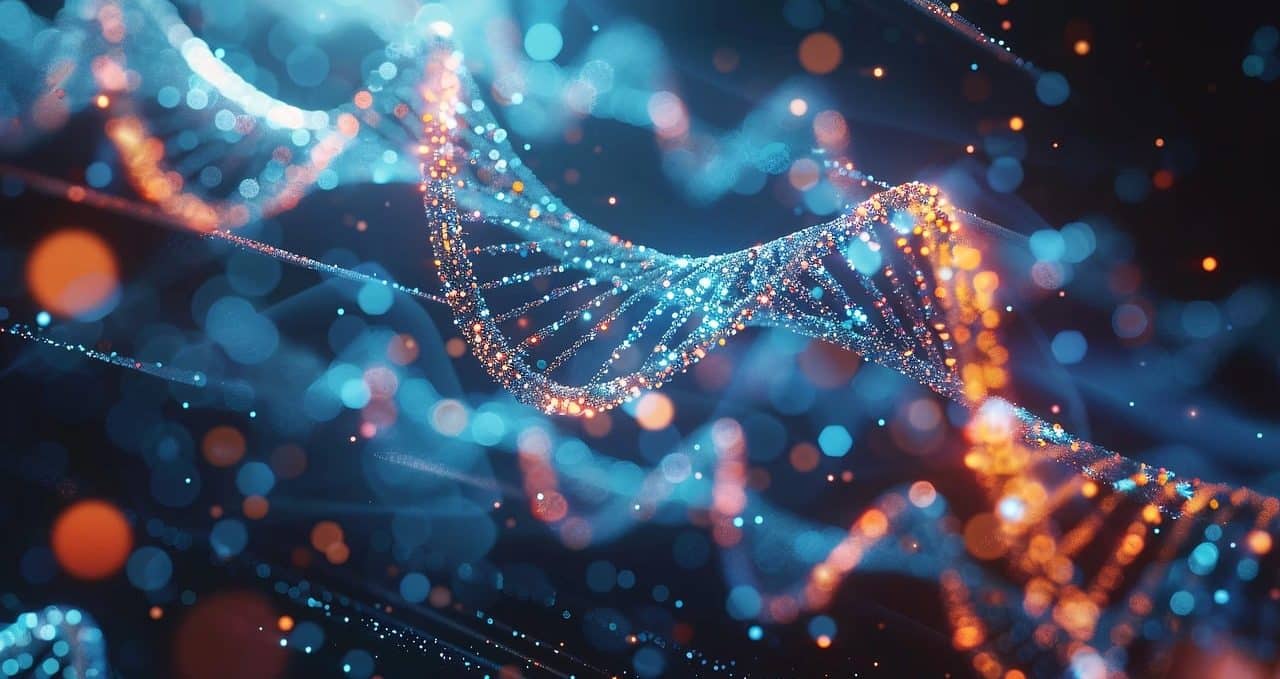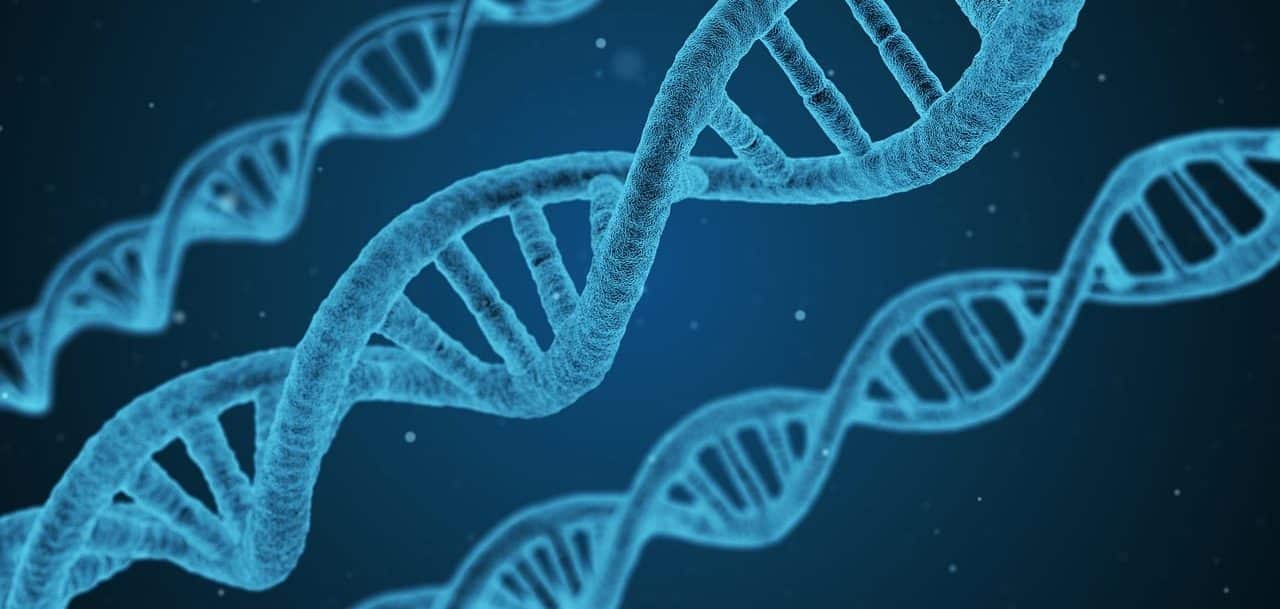
Recombinant DNA is an artificial DNA molecule.
Recombinant DNA is an artificial DNA molecule . When said molecule created in vitro is introduced into an organism , a genetic alteration takes place that modifies its traits.
Deoxyribonucleic acid is called DNA , a biopolymer that makes up the genetic material contained in cells. DNA has the genetic information that living beings use for their functioning and allows this information to be transmitted through inheritance .
DNA is made up of a sequence of simple units, called nucleotides (which, in turn, are made up of a phosphate group, a nitrogenous base and a sugar). When a DNA molecule is artificially formed from the union of different DNA sequences that come from two different organisms, it is called recombinant DNA .
Creation of recombinant DNA
We must emphasize that the arrival of the creation and development of recombinant DNA occurred after researchers carried out numerous studies on the knowledge of restriction enzymes, the replication of viruses and plasmids, the replication and repair of DNA or the chemical synthesis of what are called nucleotide sequences .
Specifically, it must be stated that it is considered that a key factor in the knowledge of DNA was none other than the set of projects carried out by Hamilton O. Smith and Daniel Nathans in the 1970s. More specifically, we refer to those who undertook to discover endonuclease proteins, which are also known by the name of restriction enzymes .

Recombinant DNA makes it possible to produce transgenic organisms.
Your production
To all of the above we can add that it is very necessary to know that the recombinant DNA technique is currently used to a large extent both in the development of transgenic organisms and in the regulation of the production of protein synthesis, as may be the case of insulin . We can determine that the process itself of the production of the aforementioned DNA is made up of six clearly defined phases:
- The preparation of the DNA sequence to be able to undertake cloning .
- The subsequent preparation of the cloning vector to be used.
- The formation of recombinant DNA itself.
- The introduction of that into the host cell.
- The propagation of the crop.
- What would be the detection and selection of recombinant clones.
To develop recombinant DNA, biologists first work with a DNA molecule from a bacteria , virus , plant or other organism , manipulating it in the laboratory . They then introduce said molecule into a different organism. This practice can be useful for creating vaccines or treating certain diseases.
The generation of recombinant DNA involves the propagation of a DNA sequence that harbors a particular interest, to take it to an organism that does not have that sequence and, therefore, nor its products . From these processes, it is possible to obtain genetically altered microorganisms to develop drugs, obtain transgenic foods and create plants that resist pest attacks.
